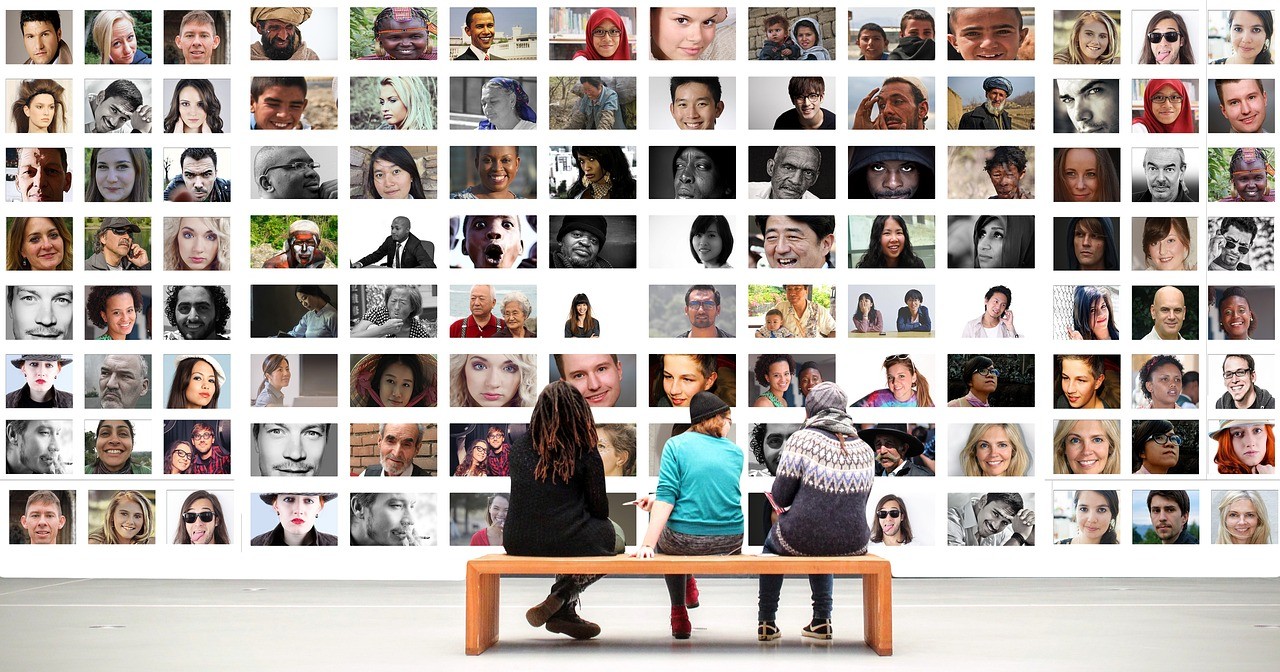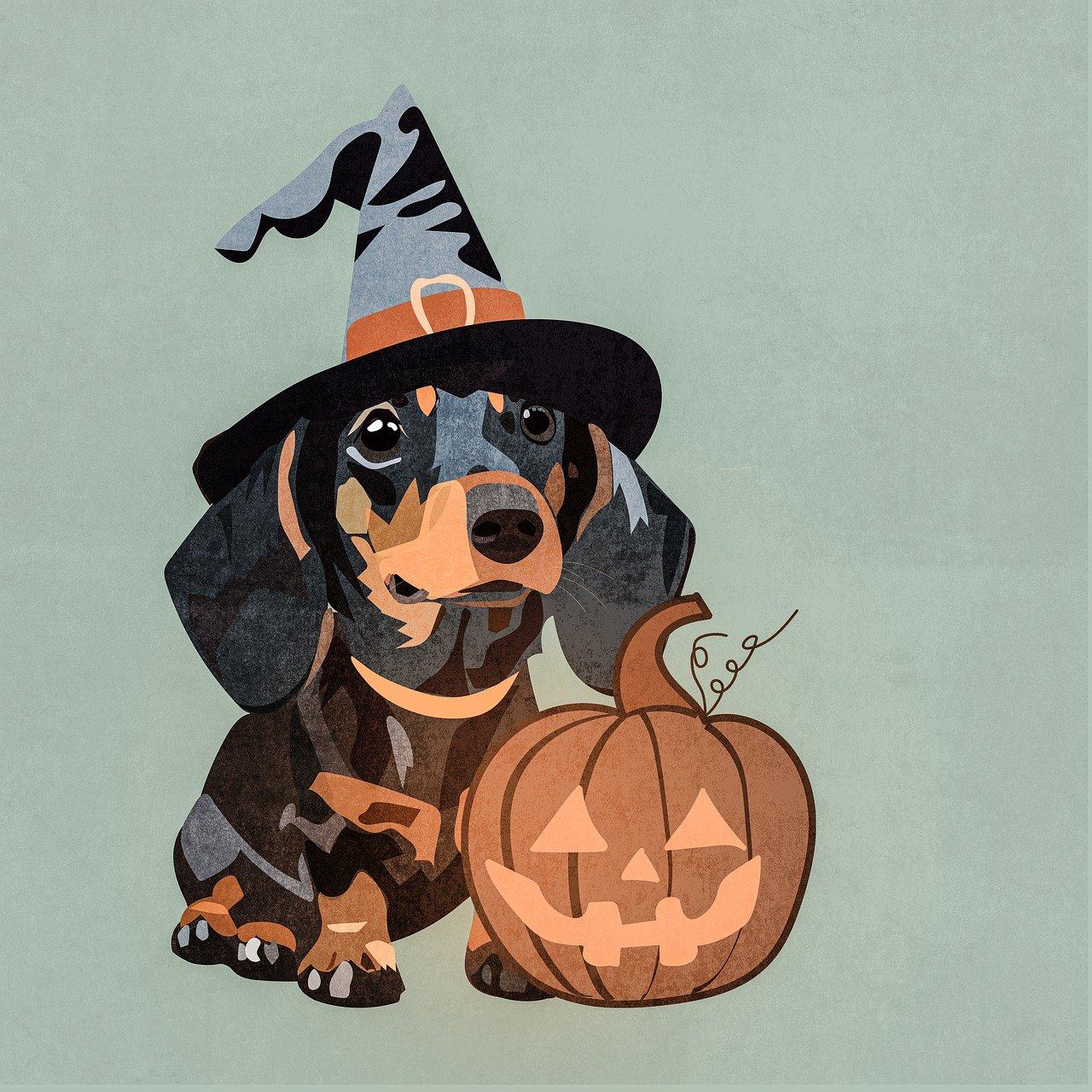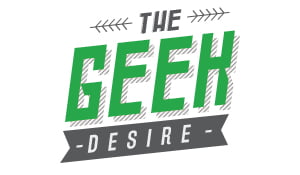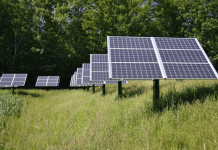In 2023, digital art thrives as a hub of innovation and creativity. This article explores the primary types of digital art, showcasing everything from digital painting to blockchain-driven NFT art.
Join us on this journey as we uncover the forefront of artistic expression in the digital age, where boundaries are continually pushed, and the possibilities are limitless.
Digital Painting
Digital painting is a versatile and dynamic form of art that leverages technology to create stunning visual compositions. It offers artists various tools and techniques to bring their creative visions to life.
- Digital Canvas: Starting with a blank digital canvas, either on a computer or tablet.
- Digital Brushes: Using a variety of brushes with different textures and effects for creating brushstrokes and applying colors.
- Color Palette: Selecting colors from a digital palette, providing precise control over hue, saturation, and brightness.
- Layering: Working in layers to separate elements of the composition, facilitating editing and adjustments.
- Brush Settings: Adjusting brush settings like size, opacity, and flow to achieve desired textures and blending effects.
- Pressure Sensitivity: Utilizing pressure-sensitive digital pens and tablets to vary brushstroke thickness.
- Reference Images: Employing reference images or photos for accuracy in proportions and details.
In summary, digital painting blends traditional artistic techniques with digital tools, offering artists many possibilities for creating vibrant and intricate artworks.

3D Modeling and Sculpting
3D modeling and sculpting are transformative tools, breathing life into creative visions with depth and dimension. These techniques hold immense importance and find diverse applications in digital art.
- Dimensional Realism: Adding depth and realism to digital creations.
- Immersive Environments: Creating lifelike worlds in video games and VR.
- Character Design: Crafting detailed and realistic characters.
- Architectural Visualization: Visualizing buildings and interiors.
- Product Design: Prototyping and visualizing product designs.
- Medical Illustration: Depicting anatomy and surgical procedures.
- Artistic Freedom: Unleashing creative possibilities for surreal and fantastical art.
Advancements in 3D Technology for Digital Artists
Advancements in 3D technology are transformative. Here are some key highlights:
- Real-time Rendering: Powerful real-time rendering brings creations to life instantly.
- VR and AR Integration: Seamless integration of virtual and augmented reality enhances immersive experiences.
- High-resolution Scanning: Detailed 3D scanners capture intricate elements for accurate modeling.
- AI-assisted Tools: Artificial intelligence automates tasks and improves creative workflows.
- Cloud Collaboration: Collaborative 3D projects are streamlined through cloud-based platforms.
- 3D Printing: Advancements in 3D printing bring digital creations into the physical realm.
- Physics Simulations: Realistic physics simulations enable lifelike animations and interactions.
These advancements empower digital artists to push the boundaries of their creativity and bring their visions to life with greater precision and efficiency.
Digital Photography and Manipulation
In the art world, digital photography has undergone a remarkable evolution, reshaping how artists capture and express their visions. Here's a concise look at its transformative journey:
- Instant Feedback: Digital cameras provide immediate feedback, enabling real-time adjustments.
- Endless Creativity: Digital editing tools offer boundless possibilities for image enhancement.
- High-Quality Prints: Advancements in printing tech allow for museum-quality prints.
- Online Visibility: Digital platforms and social media expand the reach of photographic art.
- Non-Destructive Editing: Artists can edit without altering the original, preserving integrity.
- Wide Range of Styles: Digital photography accommodates diverse artistic styles.
- Accessibility: It's accessible to a broader audience, breaking traditional barriers.
Digital photography's evolution has democratized the art form, ushering in unprecedented creativity and accessibility for artists and audiences alike.
The Role of Photo Manipulation and Editing in Digital Art
In digital art, photo manipulation and editing play pivotal roles, allowing artists to transform and enhance their visual narratives. Here's a concise exploration of their significance:
- Creative Expression: Enabling artists to stretch the boundaries of their imagination.
- Visual Storytelling: Assisting in conveying complex narratives and emotions through compelling compositions.
- Correction and Enhancement: Allowing artists to refine and optimize photographs, ensuring aesthetic appeal.
- Collage and Montage: Facilitating the creation of unique and thought-provoking visuals by blending multiple images.
- Conceptual Art: Serving as a potent tool for conveying abstract concepts and ideas through artistic manipulation.
Photo manipulation and editing are not just tools but integral aspects of the creative process, allowing artists to shape their visions and captivate audiences with compelling visual narratives.
Vector Art and Illustration
Vector art is created using mathematical equations to define shapes and lines, making it infinitely scalable without losing quality.
Its significance lies in its versatility for creating precise, high-quality images and designs used in logos, illustrations, and print media.
Examples of Vector Art and Illustration Styles in 2023
In 2023, vector art and illustration continue to flourish, embracing a diverse array of styles that captivate and inspire. Here are five noteworthy examples of vector art and illustration styles this year:
- Geometric Abstraction: Bold, minimalist designs featuring geometric shapes and patterns.
- Neon and Cyberpunk: Vibrant, futuristic illustrations with neon hues and cyberpunk aesthetics.
- Retro Revival: Nostalgic styles from the '80s and '90s come back with a modern twist.
- Organic Illustration: Natural and botanical themes with intricate, hand-drawn details.
- Isometric Design: Three-dimensional, isometric illustrations add depth to digital art and infographics.

Digital Animation
Digital animation is a dynamic and versatile medium used in various applications:
- Entertainment: Animation is a cornerstone of the film and television industry, from animated movies to TV shows.
- Video Games: It brings characters, environments, and storylines to life in the gaming world.
- Advertising: Animations are used in commercials, explainer videos, and marketing campaigns.
- Education: Animation aids in creating engaging educational content, making complex topics more accessible.
- Web Design: Animated elements enhance website interactivity and user experience.
Emerging Trends in Digital Animation for 2023
In 2023, the world of digital animation continues to evolve, embracing innovative trends that redefine storytelling and visual experiences. Here are five emerging trends in digital animation for this year:
- Real-time Animation: Integrating real-time rendering technologies offers dynamic and interactive animation experiences.
- AI-Driven Animation: Artificial intelligence enhances animation workflows, automating repetitive tasks and improving efficiency.
- Blockchain in Animation: Blockchain technology for NFTs (Non-Fungible Tokens) transforms how digital artists monetize their work.
- Metaverse Exploration: Animation is a vital component of the expanding metaverse, creating immersive virtual worlds.
- Holographic Animation: Advancements in holographic displays are opening new avenues for 3D animation experiences.
Mixed Media and Hybrid Art Forms
The blending of traditional and digital mediums in art represents a dynamic fusion of creativity and innovation. This convergence breaks down barriers, offering artists a rich canvas for expression. Here's a closer look at this compelling integration:
- Traditional Foundation: Artists start with conventional mediums as a base.
- Digital Enhancement: Digital tools enhance or manipulate traditional elements.
- Mixed Media: This combines diverse materials, textures, and styles within one artwork.
- Infinite Possibilities: Digital tools offer limitless editing and experimenting.
- Preserving Tradition: Integration maintains tactile qualities while using digital precision.
- Hybrid Techniques: Artists blend both worlds to create engaging compositions.
- Unprecedented Outcomes: This fusion results in innovative and thought-provoking art.
Examples of Mixed Media and Hybrid Art in 2023
In 2023, mixed media and hybrid art combine traditional and digital elements, producing innovative works.
- Canvas Collages: Artists merge printed images, paint, and digital effects for captivating collages.
- AR-Infused Sculptures: Sculptors incorporate augmented reality for interactive experiences.
- Hybrid Illustrations: Hand-drawn sketches are digitally enhanced for striking visuals.
- 3D-Printed Art: Sculptures mix 3D-printed parts with traditional materials.
- Interactive Projections: Digital projections enhance physical installations.
Conclusion
In 2023, digital art's dynamic diversity, from digital painting to 3D modeling, remains an expansive creative canvas. As technology evolves, it promises fresh digital art forms, continually reshaping the artistic landscape.
Embracing innovation and imagination, digital art remains an ever-evolving frontier of boundless possibilities for artists and audiences alike.



